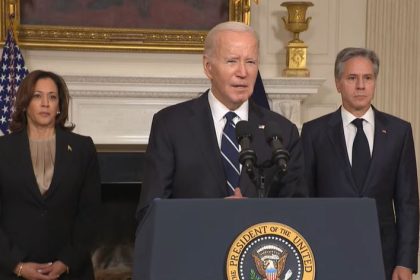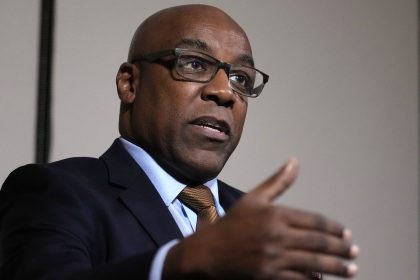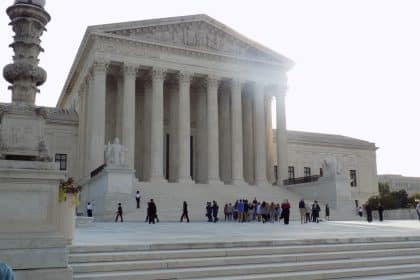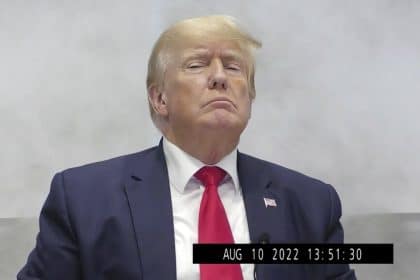Federal Prison Officials Tell Senate About Their Coronavirus Control
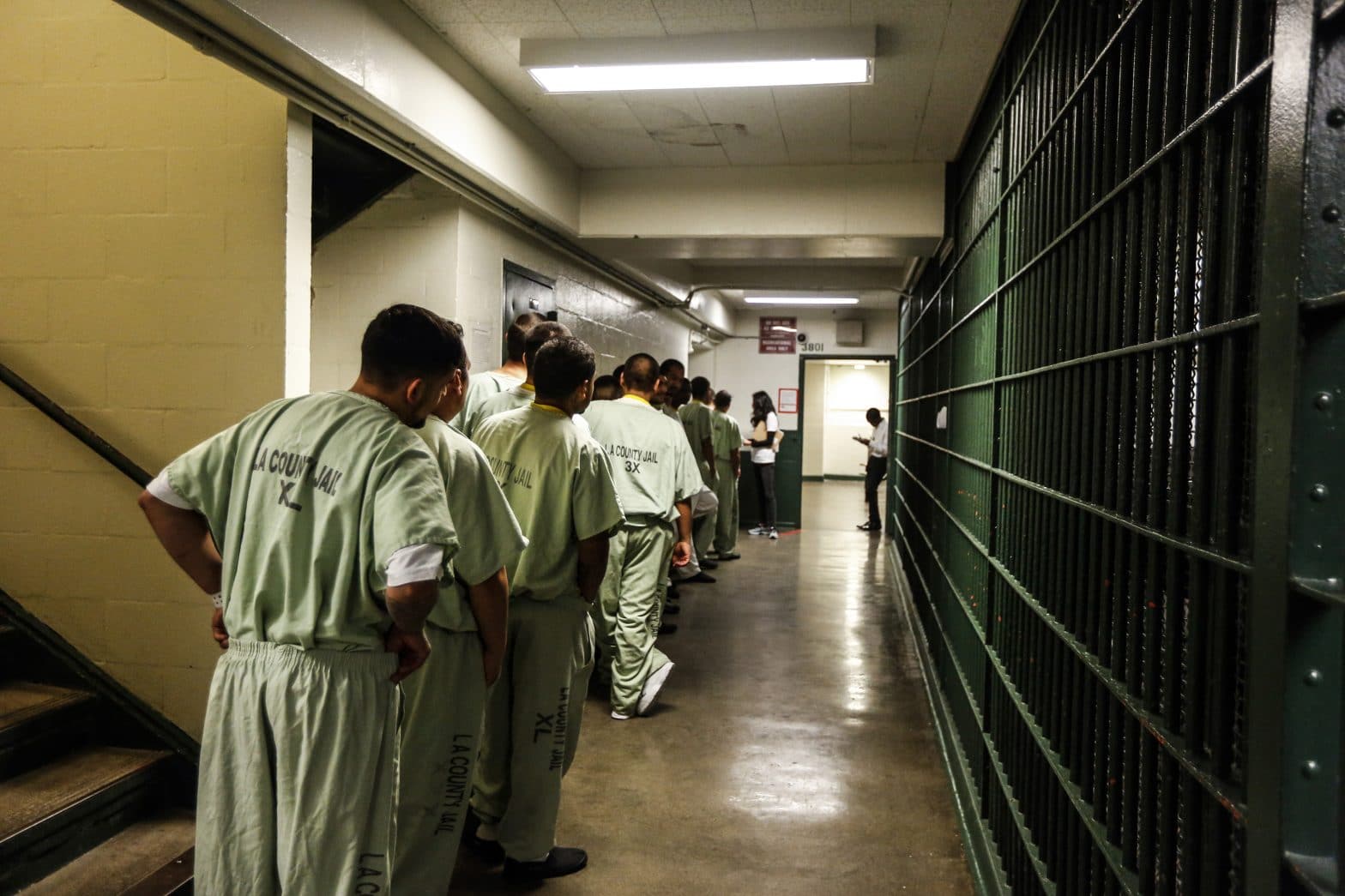
WASHINGTON – The further move this week by cities to reopen as coronavirus infections subside is raising concerns about a resurgence of the disease, particularly in jails.
The worries were heightened by protests this week against police brutality that drew large numbers of people into small downtown areas. The most violent among the protesters were arrested and taken to jails.
The U.S. Senate is considering how to ensure jails and prisons do not act as incubators for a second wave of the disease.
“This nation clearly is in a moment of reckoning,” said Sen. Richard Blumenthal, a Connecticut Democrat, during a hearing Tuesday of the Senate Judiciary Committee.
The hearing was held one day after a report was published in The Lancet medical journal that reported social distancing is the best method of avoiding coronavirus.
It showed disease transmission increased significantly with social distancing of less than three feet but six feet between persons was an even better distance for preventing illness.
At the same time, the risk of contracting coronavirus in jail is known to be higher than in the general population but the exact percentage is widely disputed. Instead, the increased percentage is based largely on stories from individual institutions.
The Marion Correctional Institution in Ohio reported that nearly 80% of its inmates tested positive for coronavirus. The Lompoc federal prison in Santa Barbara, California, reported a 74% infection rate.
“Prisons by design are not made for social distancing,” Michael Carvajal, director of the Federal Bureau of Prisons, told the Judiciary Committee.
The agency has authorized prisons it oversees to put up tents outside of cell blocks to house infected or potentially infected inmates, he said. Some gymnasiums are being converted to health care facilities to distance sick inmates from others.
The prisons also are making wider use of home confinement to thin out the prison population, Carvajal said.
His references to home confinement prompted questions from senators about whether high-profile or white inmates are given preference for home confinement.
One federal prisoner released to home confinement was Paul Manafort, the former campaign advisor to President Donald Trump who is serving a seven-year sentence for bank fraud and lying to investigators about his knowledge of Russian influence in the 2016 election. He was convicted in August 2018 but released on May 13, 2020.
Carvajal answered that ethnicity and political influence were not factors in deciding who qualifies for home confinement.
“Every one of these cases is individually assessed,” Carvajal said.
The assessment disqualifies inmates with histories of violence or drug abuse. They also must have a plan for reentry into society indicating they will not again become ensnared in criminal behavior.
After home confinement begins, they are monitored through global positioning satellite tracking devices and required appearances on FaceTime, an Internet-based video-telephone service.
“They are actually still in our custody,” Carvajal said. “They are transferred to home confinement.”
Scott Allen, a prisoner health expert for the Department of Homeland Security’s Office of Civil Rights and Civil Liberties, described detention facilities as a “tinderbox scenario” for spreading coronavirus in a letter to congressional leaders last week.
“I urge you to recognize that this virus does not care who you are or what uniform you wear,” he said in his Senate testimony Tuesday. “It can easily move in and out of facilities undetected in the absence of aggressive testing-based surveillance and containment.”
He asked Congress to ensure aggressive testing for disease among prison staff and inmates. He also recommended reducing inmate populations and cooperating with medical experts to select which prisoners can be released safely to home confinement.





















